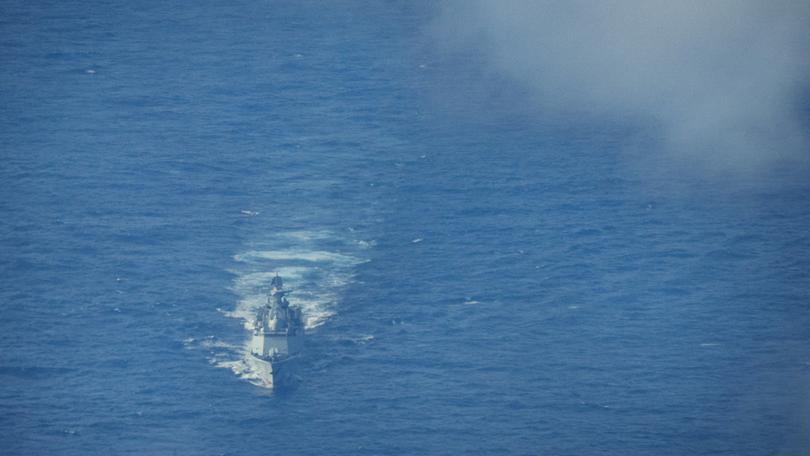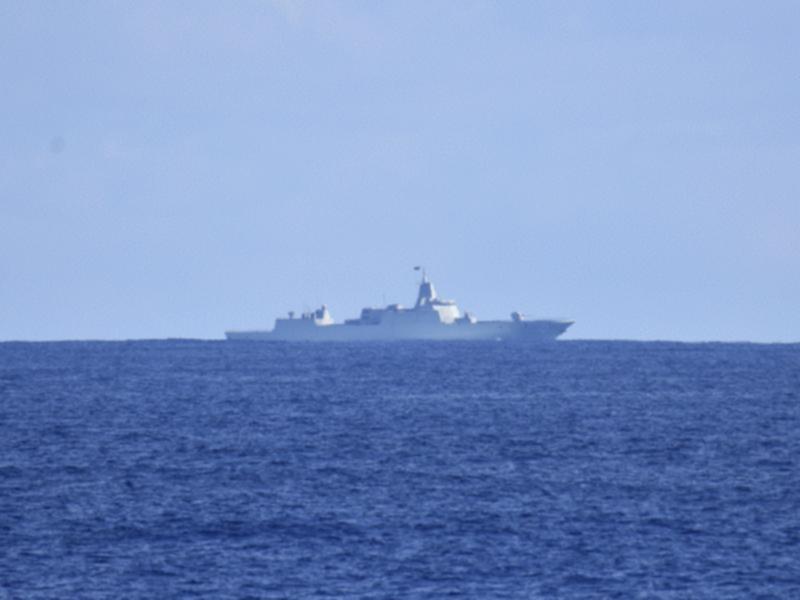China warships’ incursion into Tasman Sea spurs New Zealand’s defence spend surge

Long derided as asleep at the wheel on the strategic threat of China, New Zealand is now awake and getting in behind Australia.
That’s the assessment of Dr Malcolm Davis, senior defence strategy analyst at the Australian Strategic Policy Institute, on the release of New Zealand’s latest and long-awaited Defence Capability Plan.
Wellington plans to double its defence spending in the next nine years, so that defence spend reaches two per cent of its budget by 2033.
Sign up to The Nightly's newsletters.
Get the first look at the digital newspaper, curated daily stories and breaking headlines delivered to your inbox.
By continuing you agree to our Terms and Privacy Policy.That will mean replacing maritime helicopters, the air force Boeing 757 fleet and armoured vehicles, investing in uncrewed boats and aircraft, and growing the navy’s missile capacity.
Underpinning the plan is interoperability with Australian forces - including on procurement - that will likely see NZ and Australia buy the same frigate classes when they look to invest around decade’s end.
The first tranche of spending and priorities, tallies around $NZ9 billion ($A8.3 billion) over four years.
As she launched the report on Monday, Defence Minister Judith Collins offered tougher talk on China - without explicit reference - than any Kiwi minister in recent times.
“Distance certainly is no longer any protection for New Zealand, not when we have an inter-continental ballistic missile launched in the South Pacific, not when ships with enormous strike power come into our backyard,” she said, referencing two Chinese excursions into the region in recent months.
“This reality not only requires us to work with others who share our values and interests to reduce the possibility of conflict, but also to prepare ourselves should the worst happen.”
The long-running joke in defence circles has been that underinvestment and a strategic naivete made NZ a passenger in the intelligence-sharing network Five Eyes with the US, UK, Canada and Australia.
“It has been in the past ‘Four Eyes and a Wink’,” Dr Davis told AAP.
“After many decades of basically ignoring the important issue of defence and national security, I think they’ve realised that China is now a serious threat to their security.
“(Beijing is) becoming more sort of provocative and present in the region, and I think particularly that deployment of that Chinese naval flotilla through the Tasman, was a wake up call for them, and should be for us as well.
“The New Zealand plan ... is a step forward.”
Dr Davis said the plan showed NZ was eager to boost land warfare and naval strike capability through long-range missiles.
“New Zealanders have really been forced to open their eyes and realise that the environment that they’re in now,” he said.
“It’s no longer this peaceful environment that that they valued. It’s they’re no longer in a backwater. They’re in the front line, just as we are ... and ... they could still go further.”

Ms Collins said she briefed Defence Minister Richard Marles and Pacific counterparts on the plan, saying they were congratulatory.
NZ’s major step-up comes as most developed nations, including Australia, ratchet up their defence spend, perceiving heightened security risks in a more fractious world.
Criticisms of the defence plan came from pacifist groups and waste-watch bodies.
New Zealand, particularly under previous Labour governments, has seen its role as in the region as one of peacekeeper and friend-in-a-crisis.
To that end, groups such as Peace Action have attacked the plan as a “shocking waste” and “buying into the US’s fear mongering about China” which makes NZ a target.
“We can’t afford a proper hospital in Dunedin or emergency care in Dargaville, but we can afford this?” spokeswoman Valerie Morse asked.
“This Defence Capability Plan will not make New Zealanders safer or more secure.”
The Taxpayers Union also gasped at the price-tag and demanded to see the savings, which will come in next month’s budget.
“(Mr Luxon) has yet to explain where this extra $9 billion of defence spending has been magicked up from,” spokesman Alex Emes said.
